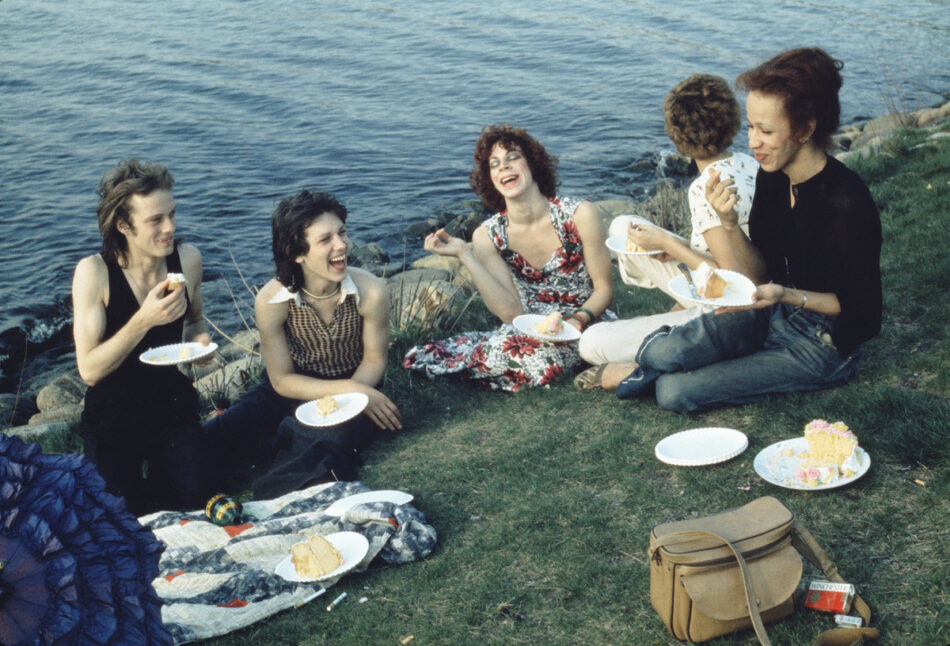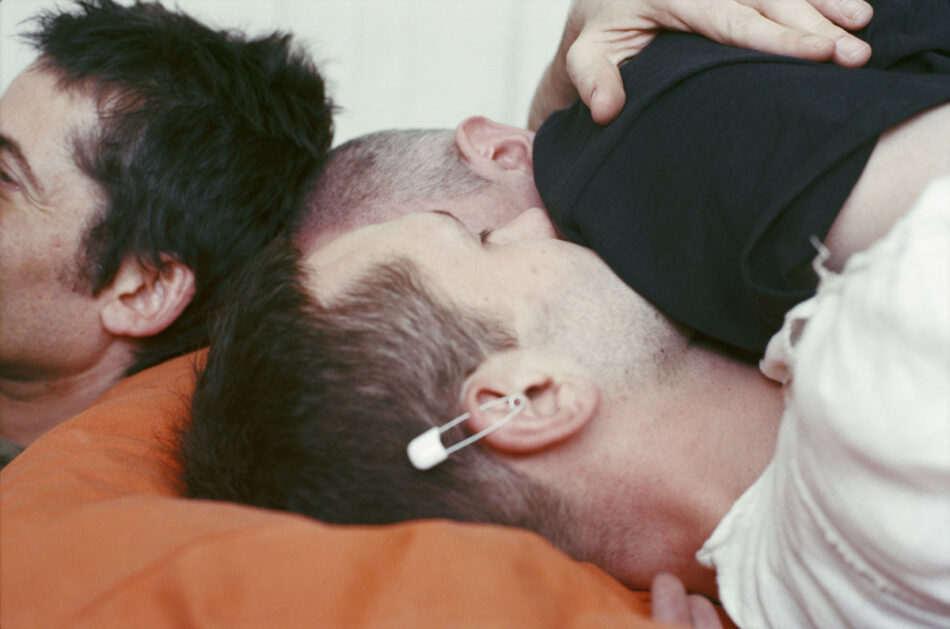Scenes from an Other Marriage
There is a moment in Ingmar Bergman’s Scenes from a Marriage (1973) when the protagonists Johan and Marianne prepare for bed after a long dinner party. Marianne turns to Johan and asks: “Do you think there is any way that two people can live together all their lives?” Johan responds: “It’s a damned absurd convention that we’ve inherited from I don’t know what. People should have a five-year contract. Or one that is valid from year to year, so that they could give notice.” Bergman’s intensely psychological film originally aired on Swedish television in six 50-minute episodes. Viewers meet the upper-middle class couple 10 years into their marriage, during an interview for a popular women’s magazine, where both decidedly declare their happiness as husband and wife and parents of two daughters. Soon afterward, however, the marriage disintegrates with explosive arguments, sexual shortcomings, misunderstandings, boredom, and infidelity. Eventually, Johan and Marianne divorce and remarry other people. The concluding episode takes place nine years onward, almost 20 years after they originally married, in Stockholm, while their spouses are out of the country. Johan and Marianne rendezvous at a friend’s cluttered summer cottage. After sex, Johan is melancholy. He becomes conflicted by his inability to perform the conventional role of faithful husband in yet another marriage, admittedly challenged by the contradictions of internal desires and external behaviors governed by the institution of marriage.
Scenes from a Marriage is a reminder of the perplexing questions connected to exactly why marriage is the dominant force that legitimizes and defines love, commitment, and family. These questions lead to yet another set of timely concerns regarding marriage and the nature of commitment in queer relationships. While civil equality in the United States reached a pivotal milestone in June 2015 when the Supreme Court ruled that the Constitution guarantees every citizen a right to marriage, the decision complicates the future of queerness. Same-sex marriage normalizes what it means to be queer, asking queers—LGBT, non-heterosexuals, and heterosexuals with many partners or who don’t marry—to perform according to society’s interpretation of a valid, committed relationship. These relationships inherently entail something other than the rote performances of “husband,” “wife,” or “family.” Queer homosexual communities have historically demonstrated alternatives to heteronormative lifestyles where same-sex people are committed to each other, as couples or in multiples, without a contract. These relationships often define family beyond the borders of conventional marriage, open to partner—sexual or not—who effectively nurture many different forms of intimacy, domesticity, and union. Bergman peels back and exposes the fraught and unstable social foundations on which the ideal of marriage rests. In this light, his film encourages a closer look at other, or queer, forms of commitment today.

When Scenes from a Marriage aired on television, it inserted questions immediately into domestic space by using television, an integral, even essential, part of domestic reality by the 1970s, to touch a wide audience and bring private anxieties to the public forefront. One can only imagine the arguments about infidelity, finances, or children carrying on in Swedish family households at the very moment an episode aired, and the awkward realization when Bergman’s filmic imaginary merged with ordinary reality, a feat of psychological realism impossible to achieve when the film is experienced in a cinema.
I’m a curator of contemporary art and a writer, and while watching Bergman’s examination of heterosexual family life in the 1970s, I immediately think of other artists whose practices reflect their lifestyles and social surroundings, depicting family in far less conventional terms—disassociating it from married coupledom and children, and focusing instead on communities based on shared values and visions of life. Photographs by Wolfgang Tillmans from the 1990s come to mind—intimate portraits of friends with whom he partied, bathed, danced, loved, fucked, smoked, and slept. Closely cropped and informal, his pictures have the titillating but often quiet urgency of young people pursuing something other than inherited social conventions. The photographs encourage us to think about human touch and the physical connections that bond us to one another. Another artist that comes to mind is Nan Goldin. Predating Tillmans’s work, her photographs depict friends and lovers: drag queens, lesbians, artists, musicians, gays, and straights. Taken mostly on Manhattan’s Lower East Side, Goldin’s images candidly capture communal experiences of sex, music, art, and drugs, showing people united not by blood but by desires to live and love differently. The photographs collected in her seminal 1985 book The Ballad of Sexual Dependency reveal, not unlike Bergman’s series, that life in the company of others is unforgiving, messy, and uncertain. But often it’s all we have.

And then there’s Derek Jarman, a filmmaker and artist working around the same time as Goldin, on the other side of the Atlantic. I’ll never forget the first time I experienced his dusty and dreamy Super 8 films from the 1970s: lush, painterly scenes frequently featuring lithe naked men in and on the periphery of London. Realized with a cast and crew of friends and lovers, he often referred to the films as “home movies,” challenging dominant interpretations of home and family (Super 8 was widely used at that time by amateur home-movie makers). Jarman’s films are improvisatory. They are nonnarrative, mystical, and loaded with symbolism. And by gathering a community of friends around a shared artistic project, and projecting images of gays into the public realm at a time when homosexuality was unacceptable, even illegal, the artist reaffirmed his insistence that queer be visible and remain queer.
My ideas are driven by observations of structural behaviors in society and the blind rush to homogeneity that is overtaking every facet of our lives, from travel, to fashion, to music, automobiles, restaurants, and family. I question whether the “absurd convention” Johan speaks of isn’t actually reinforcing a lack of equality or acceptance of difference. We should be suspicious of homogeneity and sameness. Originally pejorative, “queer” and “queerness” were reclaimed in the late 1980s by the gay community to define community, often referred to as family. Queerness is a thing precisely because it is not like other things. The art of Tillmans, Goldin, and Jarman reminds of us this. The conversation about equality is not finished, as heterosexual ideals about marriage are far from ideal.
James Voorhies is the John R. and Barbara Robinson Family Director of the Carpenter Center for the Visual Arts at Harvard University. His writing has appeared in Texte zur Kunst, Frieze, and Printed Matter, and in artist monographs and exhibition catalogs. He is founder of the Bureau of Open Culture (2007–2014), a nonprofit curatorial and publishing initiative.
